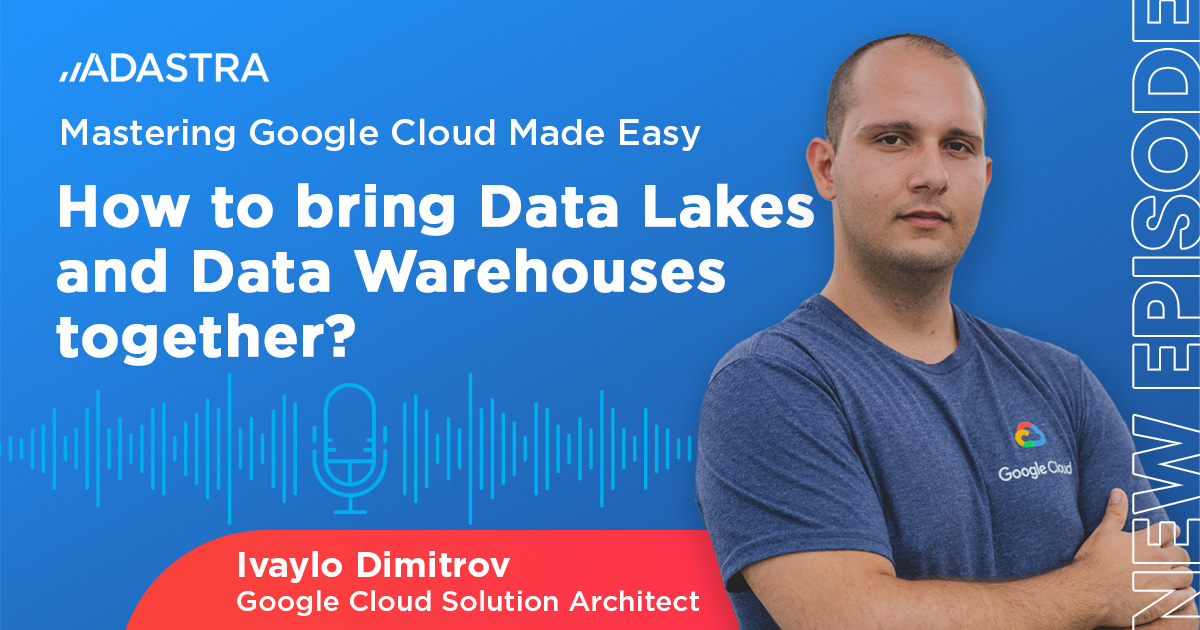Insights
A Guide to Data Engineering Solutions Across Multi-Cloud Environments
November 29, 2022
Cloud adoption has been on the rise. Many organizations are making the switch from their legacy systems to take advantage of scalability, flexibility, performance, continuous upgrades and weapons-grade security benefits.
With this in mind, it’s no surprise that organizations have begun to diversify their cloud strategies through a multi-cloud approach. By implementing a multi-cloud strategy, organizations can mix and match solutions, capitalizing on the benefits of different cloud platforms to suit their unique needs. It can also help organizations minimize potential downtime and increase the resiliency of their systems.
While there are many advantages to using multiple clouds, organizations need to make sure they are optimizing the process so that their data is valid and usable for analysis. Below are three data engineering questions to consider before implementing a multi-cloud framework.
1. Deciding whether a multi-cloud framework is right for your organization
Using a multi-cloud framework can be more complex than operating on a single cloud. Before your organization takes this step, there are a couple of important considerations to take into account.
Cost
When implemented correctly, a multi-cloud environment can help organizations optimize costs by taking advantage of pricing models within multiple clouds to suit their needs.
However, organizations should have a strategy in place when moving data across cloud platforms, as it can get quite expensive when having to pay for both the extraction and download of data.
Security
Organizations adopting multi-cloud frameworks will face additional security considerations when accessing data from one cloud to another. Each cloud provider also has its own set of security controls which need to be synced across your organization’s multi-cloud system.
While there are more surfaces to protect in a multi-cloud environment, security attacks may also be less likely to breach your entire framework at once.
DevOps
In modern systems, DevOps processes allow pipelines or integration solutions to be deployed automatically. For organizations’ DevOps capabilities to flourish in multi-cloud environments, they need to leverage tools that are supported in all clouds used.
Data Governance
Governance processes can be different in multi-cloud environments as data may be stored across clouds. To implement unified data governance practices, single-pane visibility of data is required.
2. Choosing the right technology
When expanding an existing cloud framework, it can be a challenge if the technology used by your existing framework is not compatible with the new cloud being integrated. If the technology isn’t compatible, significant reworking will need to be done on a single cloud or both.
When building a new multi-cloud framework, it is important to select technologies that are supported in all clouds used. Below are some examples of common technologies with multi-cloud capabilities:
Big Query – Big Query is used for data integration and analytics and can be used to pull data from other clouds into GCP.
Databricks – Databricks is available in all three clouds, so can be easily used to transfer and re-use data pipelines between them. It is used for analytics and data science, in addition to data engineering.
Snowflake – Snowflake is used like a data warehouse and is compatible with all three cloud platforms.
Denodo – Denodo is a virtualization framework and is compatible with all three cloud platforms.
3. Choosing an approach for deployment
Depending on your organization’s needs and current cloud platform, there are three possible approaches.
Building a Multi-Cloud Framework or Expanding an Existing Cloud Framework
If your organization’s current solution is on-premises, it may be simplest to build a new multi-cloud environment with integrated data, that will be capable of processing data across clouds. However, if your organization already has a solution well-established in one cloud, you can expand your strategy to include multiple clouds, while maintaining your primary setup.
Single Cloud
If your organization’s need to access data stored in other clouds is limited, you may want to go with a single cloud architecture. In this approach, data is stored in multiple clouds, but can only be accessed from one (i.e., a solution may be set up in Microsoft Azure but could be pulling data that exists in AWS).
Multi-Cloud
A multi-cloud architecture deploys data pipelines that access, integrate and transform data across multiple clouds.
Data Virtualization
A third possible solution is data virtualization, which involves putting a layer on top of data that masks the fact that data is stored across multiple clouds – to the end-user data appears to be stored in one location.
How Zelusit Can Help
Zelusit has a very strong data engineering practice, as well as strong practices and premium partnerships with all three major cloud platforms – Microsoft Azure, Amazon Web Services (AWS), and Google Cloud Platform (GCP). We have 200+ experts in Canada alone with deep expertise in cloud solutions and technologies available across the clouds.
Implementing a multi-cloud framework is a complex and individualized process for each organization, and Zelusit’s team is here to help you assess your organization’s current situation, as well as construct a solution to best align with your business goals.


